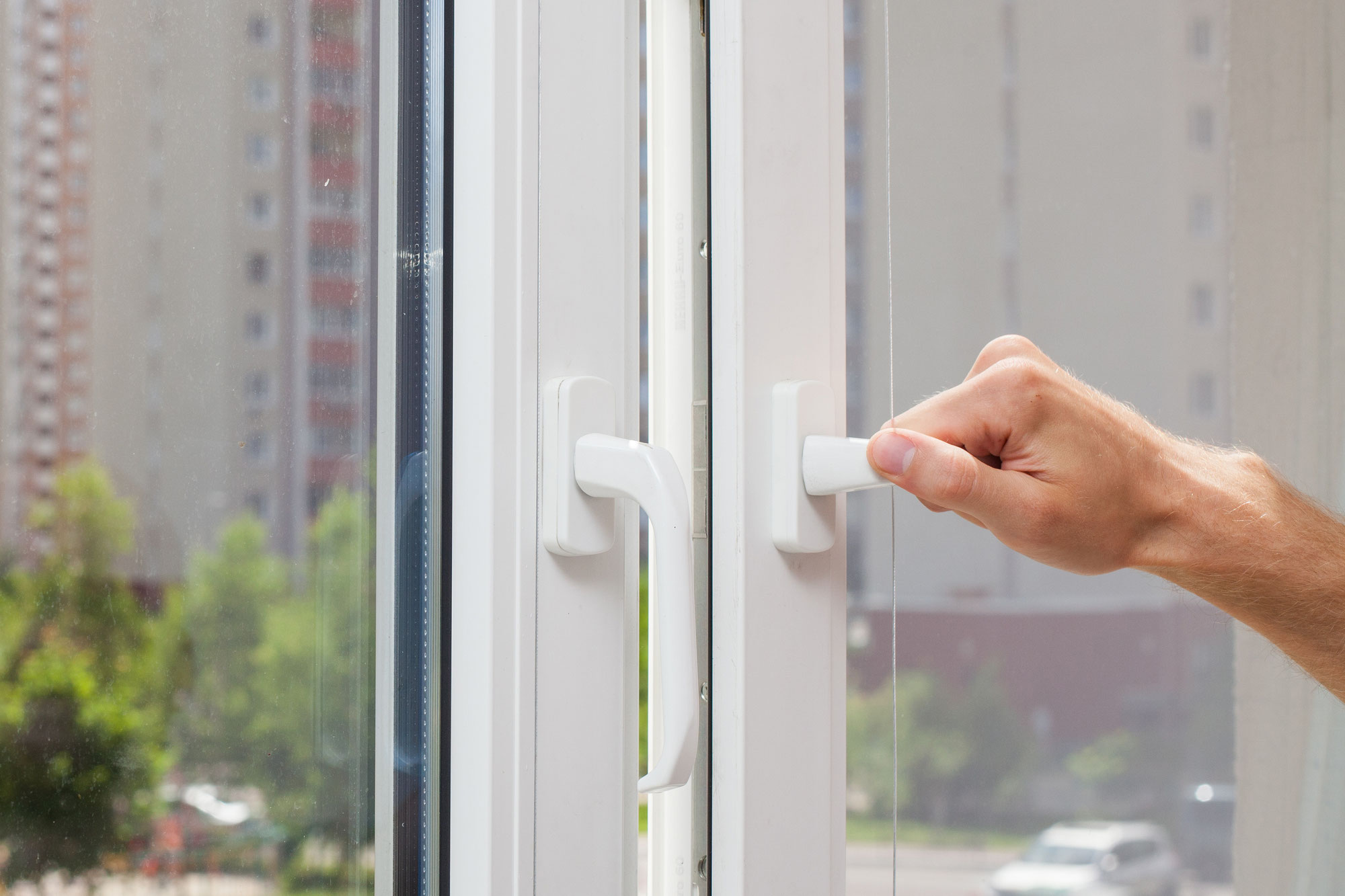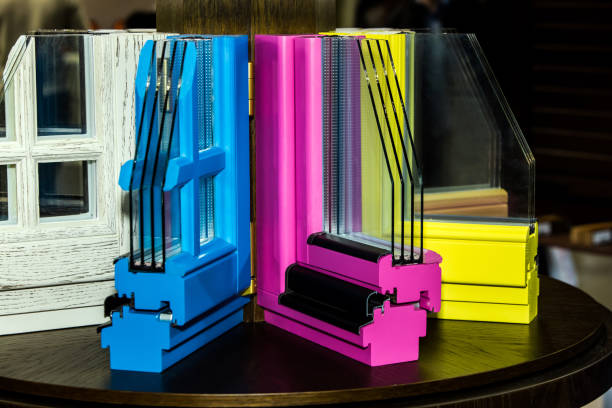Have you been struggling with a draft coming through your windows, or a lot of noise pollution entering your home? If you’ve been considering replacing your existing windows, then double glazing might be the best option to make the extra expense worth your time and money. Double glazing often comes with an expensive upfront cost, but it is a good investment to protect your home, and reduce your energy costs in the long run. If you’ve been considering double glazing, then here is everything you need to know about these types of windows, and how you can get some help with financing them.
What is double glazing?

Put simply, when a window is described as being single, double or triple glazed, it is referring to the number of glass panes which are placed within a window frame. Each pane is placed parallel to one another, with a small space between them which averages around a centimetre and a half in thickness. This gap is held in place by a spacer bar, and the gap between the panes is either engineered with dead air space installed or more commonly filled with an inert gas such as argon.
Why should you choose double glazing?
One of the most significant benefits of double glazing is that it can help to reduce your energy bills. Whereas a lot of heat is often lost through single pane windows, the space between double glazed windows provides much needed extra insulation, which stops as much heat getting out into the atmosphere. This will help keep your house cool in the summer, and warmer in the winter. As an added benefit, reducing the amount of heat loss in your home will also reduce your carbon footprint and the number of greenhouse emissions produced by your home.

Double glazed windows are a lot harder to break, and therefore a lot more secure than single glazing. Additionally, if you live in an area with a lot of street noise, then double glazing can help to reduce the amount of excess noise that enters your home. This is particularly effective when acoustic glass is used, which has sound resistant layers between each sheet of glass to weaken sound waves. There are many other benefits to double glazing depending on the type of glass you use, such as: increased fire-resistance; safety glass which doesn’t produce the same dangerous glass splinters of normal glass when it breaks; self cleaning glass to reduce the amount of effort needed to maintain the windows; and decorative glass for a more appealing aesthetic, and that can also reduce visibility through the windows from outside.
There are also other benefits of different types of window frame materials. uPVC is one of the most cost-effective materials used for double glazing, and it is also one of the sturdiest materials with very little maintenance required to keep them looking clean. This durable plastic is also heavily resistant to weather erosion, chemical erosion, and pests which can often invade other materials such as wood. However, uPVC is a much more modern-looking material which may not suit period houses, so you might prefer more traditional materials such as hardwood timber frames. Timber is a much more stylised material, but it is harder to customise than uPVC.
Can double glazing be customised?

Aside from choosing the type of material you would like for your window frames, and deciding on the kind of glass which best suits your needs and tastes, there are many other ways you can customise your windows. Double glazing companies are able to create a range of shapes and styles of windows to suit any home. Some of the most commonly chosen window types are bay windows, round windows, tilt and turn windows, reversible windows, cottage windows, sash windows and dual-turn windows.
Additionally, if you choose uPVC window frames, there are many different style choices you can make to change the look and design of your double glazing. While uPVC comes in white as standard, you can decide to have yours manufactured in a range of colours to suit your needs. Alternatively, there are different textural effects you can have applied to your windows, such as the texture of timber to make your window frames look more traditional.
What grants are available for double glazing?
While double glazing is a brilliant long term investment, it can be a struggle to finance the upfront costs. Unfortunately, there aren’t a lot of double glazing grants aimed at helping homeowners with these costs, whereas there are quite a few for other energy-efficient measures such as wall and loft insulation. Up until 2015, there was a government-funded Green Deal Scheme which was designed to help people with the cost of double glazing and other types of energy-efficient home improvements, though the scheme had many restrictions. Since then, there have been no other government-funded schemes. Thankfully, however, there are some privately run schemes which are available for those who meet the qualifying criteria, such as the Help2Buy scheme. The availability of this grant depends on the current funding levels of the scheme, as well as whether you qualify. However, if you do qualify, you can expect to have the cost and installation of your windows covered completely.
Alternatively, if you do not meet the criteria for this scheme, there are other schemes available for home improvements, though these do not necessarily cover double glazing specifically. For example, Care and Repair England is a charity which aims to improve the homes of older people to increase the quality of their living conditions. Furthermore, the Home Repairs Assistance scheme helps those with extraordinary needs, such as disability or needs-specific vulnerability, by offering them a grant of up to £5000.
If you are not eligible for any of the schemes which are currently available, then you may wish to consider turning to other means of finance, such as a personal loan from a bank or building society, or try undergoing a crowdfunding scheme.
